Popular Topic
Strawberry Plants Available | Contact +91 8687369040
Super Food
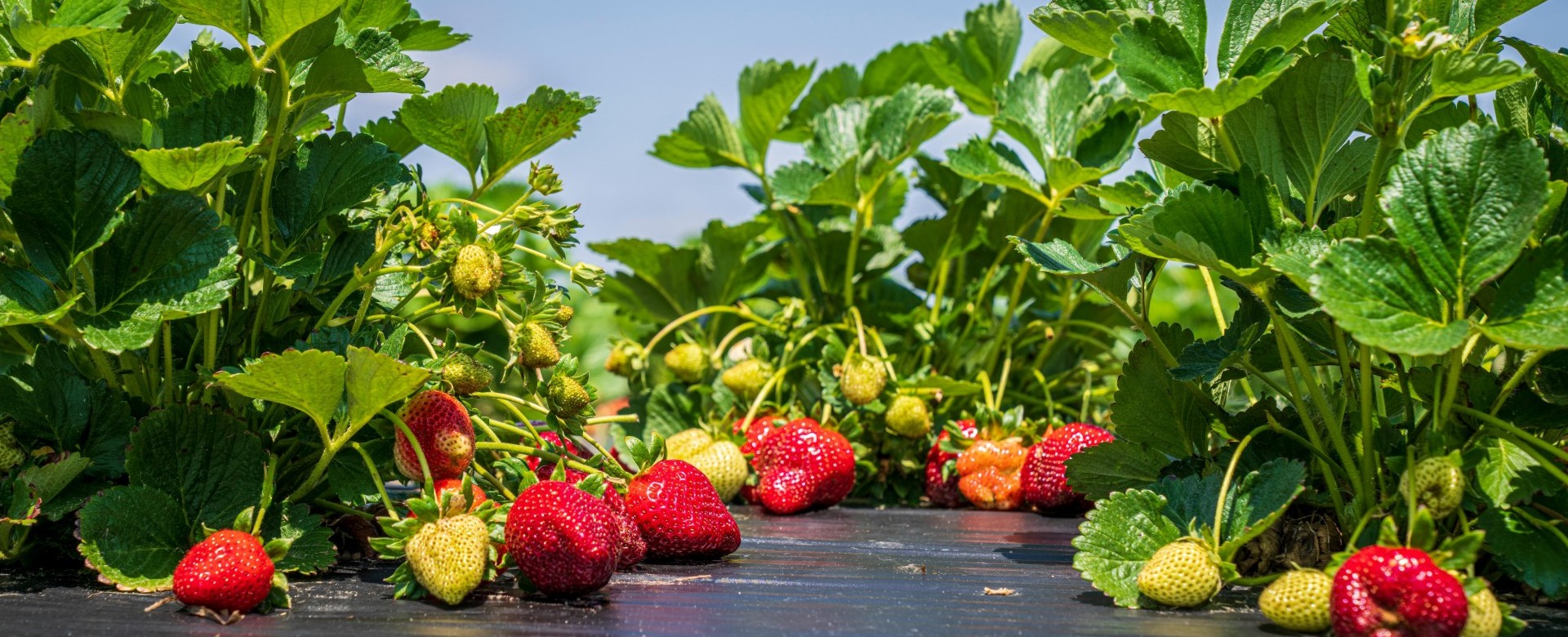
Strawberry
Strawberry cultivation is a profitable agribusiness in India if marketed well. In India, strawberries are cultivated in Satara districts, Kalimpong, Bangalore, Nainital and Dehradun in West Bengal. Of these, the Satara districts of Mahabaleshwar, Wai and Panchgani account for 85% of strawberry cultivation in India. Strawberry cultivation in a greenhouse is a better option as the quality and quantity of strawberry fruits are much better than outdoor strawberry cultivation. The strawberry crop in India is cultivated in Mahabaleshwar, Ooty, Idukki, Punjab, Haryana, Himachal Pradesh, Uttar Pradesh and the North-Eastern states of India.
The best time to plant strawberries in India varies depending on the region. The ideal time to plant strawberries in hilly areas and northern states is between September and October. Planting them too early can reduce yield and fruit quality. In the northeastern parts, the best months are from November to January and in the southern part of India from January to July. In Mahabaleshwar, Tamil Nadu, strawberry planting is done from November to December.
Strawberry plants have fibrous root systems, most of their roots remain in the upper soil, penetrating to a maximum depth of 15 cm. Therefore, they require humus-rich soil for cultivation. It is important to note that strawberries should not be grown on soil that was previously used for the cultivation of tomatoes, potatoes, raspberries, peppers or eggplants, as these are highly nutrient-extractive plants and lose their nutrients from the soil. It can eliminate elements.
Strawberries grow best in slightly acidic soil with a pH of 5.0 to 6.5. They can also grow in soils with a pH between 4.5 and 5.5 with the addition of lime. Soil with pH between 5.5 to 7 and EC below 0.7 ms/cm is ideal for strawberry cultivation. Heavily waterlogged soil is not suitable for strawberry cultivation.
Strawberries are a shallow-rooted plant and hence require frequent watering. However, it does not require much water in terms of quantity. Water is needed to keep the roots moist to promote vegetative growth. You can also use a sprinkler system for irrigation. The best way to follow is to water the plant only when the topsoil becomes slightly dry. Also, avoid spilling water on the leaves.
Some good varieties for greenhouse cultivation of strawberries in India include Chandler, Tioga, Torre, Selva, Belrubi, Fern and Pajaro. Other varieties suitable for hilly areas include Royal Sovereign, Srinagar and Dilpasand. Some introductions from California, such as Torre, Toiga and Solana, may also prove successful. The variety found successful in Bengaluru has been named and performed well in Mahabaleshwar.
The time taken to grow strawberries in India depends on the region and growing conditions. Generally, strawberry plants start bearing fruits from the second year. However, some gardeners prefer growing strawberries in greenhouses for better growth and quality of fruit. Growing strawberries in a greenhouse can also provide year-round production.
Strawberry yield per acre varies depending on region, growing conditions and management practices. According to a firm, strawberry is a high-yielding crop and can produce about 6.5 tonnes of product per acre. Another source says that a strawberry orchard yields an average of 45 to 100 quintals per hectare, and a well-managed orchard can yield 175 to 300 quintals per hectare. In Prayagraj, Uttar Pradesh, about 22,000 plants can be planted on one acre of land and yield about 20,000 kg of strawberries.
The cost of starting a strawberry farm in India depends on several factors, such as farm size, equipment, land, labour and marketing expenses. However, it is generally considered a low-cost investment, with estimates ranging from four lakhs to forty lakhs or more. For example, three graduate students started their experiment by growing strawberries in a one-acre plot and spent about five lakh rupees. There is a possibility of profit of three to four lakh rupees from strawberry cultivation.
Marketing your strawberry produce in India can be done through various channels. You can sell your produce directly to consumers through local markets, or you can sell it to wholesalers, retailers, or supermarkets. You can also consider exporting your strawberries to other countries. India mainly exports strawberries to Austria, Bangladesh, Germany, Jordan and the United States. To boost its production, there is a need to develop infrastructure for the transportation of the produce to primary markets as the fruit is highly perishable. For value addition, processing facilities will have to be created in major producing states.
Strawberry
1. Strawberry Winter Dawn
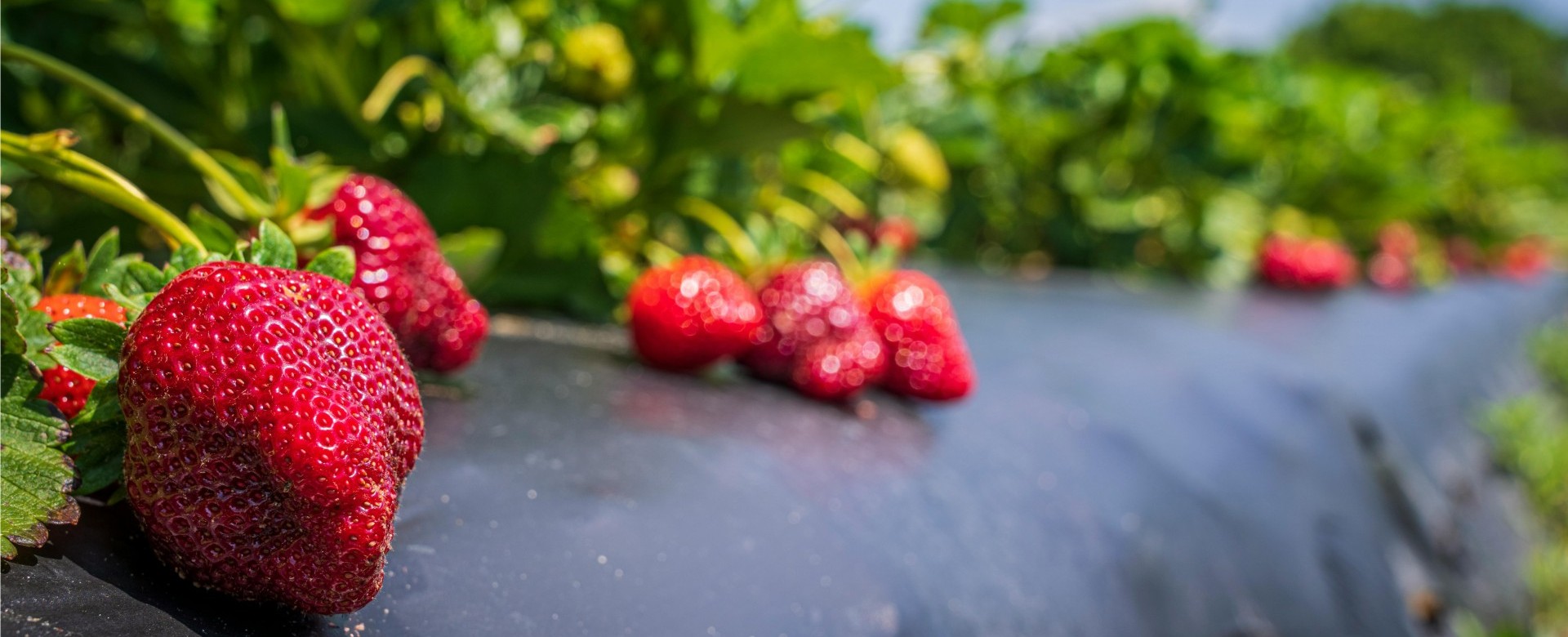
Strawberry Winter Dawn
The Winter Dawn strawberry is a variety of strawberry plant that produces medium to large fruit from November through February. The fruit is known for its bright red colour, juicy texture and sweet taste and it has a characteristic aroma. The Winter Dawn strawberry is also moderately resistant to anthracnose and Botrytis fruit rot diseases, especially when grown in subtropical climates.
The plant can produce about 570 grams of fruit per plant from November or December to March. For higher yields, you can plant the plant in late September or early October.
The Winter Dawn strawberry plant has a moderately vigorous growth habit. It's a short-day cultivar that produces many runners in the summer nursery, but fewer runners after being transplanted to the fruiting field. Mature plants are usually 17 centimeters tall and 26 centimeters wide.
Strawberry
2. Strawberry Camarosa
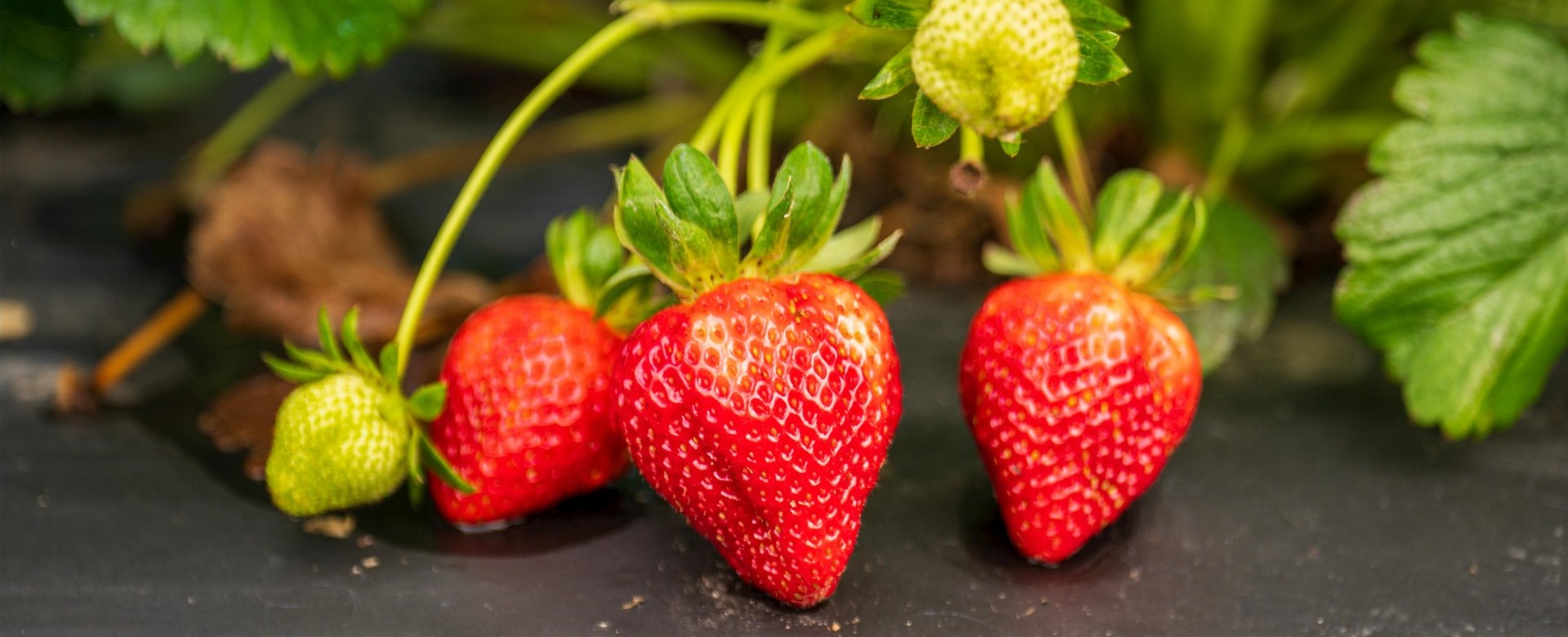
Strawberry Camarosa
The Camarosa strawberry plant is an evergreen perennial that can grow to be 8–12 inches tall. It has glossy green leaves and white flowers and is known for being vigorous and disease-resistant.
The plant is self-fertile and short-day type, meaning that short days trigger the flowers to bloom. Depending on the climate, the fruit can ripen 20–35 days after flowering, with light crops in early summer and the main crop in December to January. Because of their vigorous growth habit, Camarosa plants need plenty of space between them.
Camarosa strawberries are large to very large, firm and dark red with medium red flesh. The fruit can be flat conic in shape and the calyx can be slightly indented or necked. The achenes can be light or dark red, even with the fruit's surface or somewhat indented.
The name, Camarosa comes from the variety of sweet strawberries grown in the fields of Ruakura Berry Farm.
Camarosa is one of the most common varieties of strawberry grown. It produces a big yield of berries and the berries are large with good form and stand up well to storage and shipping.
Camarosa strawberries are sweet and aromatic. About eight berries provide more vitamin C than an orange. Strawberries also have minerals such as calcium, iron, potassium, folate and magnesium, along with antioxidants called anthocyanins. Those are healthful plant compounds that give strawberries their red colour.
Camarosa strawberries can be eaten fresh or used in prepared foods like ice cream, jam, juice, pies, milkshakes and chocolates.
Strawberry
3. Strawberry Nabila

Strawberry Nabila
Nabila is a strawberry variety that was selected by the Consorzio Italiano Vivaisti (CIV) for Mediterranean climates. It is one of the first Italian strawberries to be given an "eco-friendly" trademark, with the CIV focusing on reducing environmental impact and production costs.
Nabila strawberries are large to medium in size, with a conical shape, shiny red skin, and a pleasant aroma. The flesh is sweet, juicy, and firm, and the strawberries have a unique flavour. Nabila plants are rustic, resistant to leaf and root diseases, and can adapt well to tired soils. They also have a low chill requirement, which makes them suitable for Mediterranean climates.
Nabila strawberries have the following characteristics:
1. Harvest: Starts early with a large crop, then continues to fruit regularly over a long period.
2. Flavor: Sweet with a good sugar content.
3. Skin: Shiny red, with a slight sheen over the entire surface.
4. Flesh: Uniformly red, very juicy, and extremely tasty.
5. Plant: Rustic, resistant to leaf and root diseases, and can adapt well to tired soils.
Strawberry
4. Strawberry Marisol
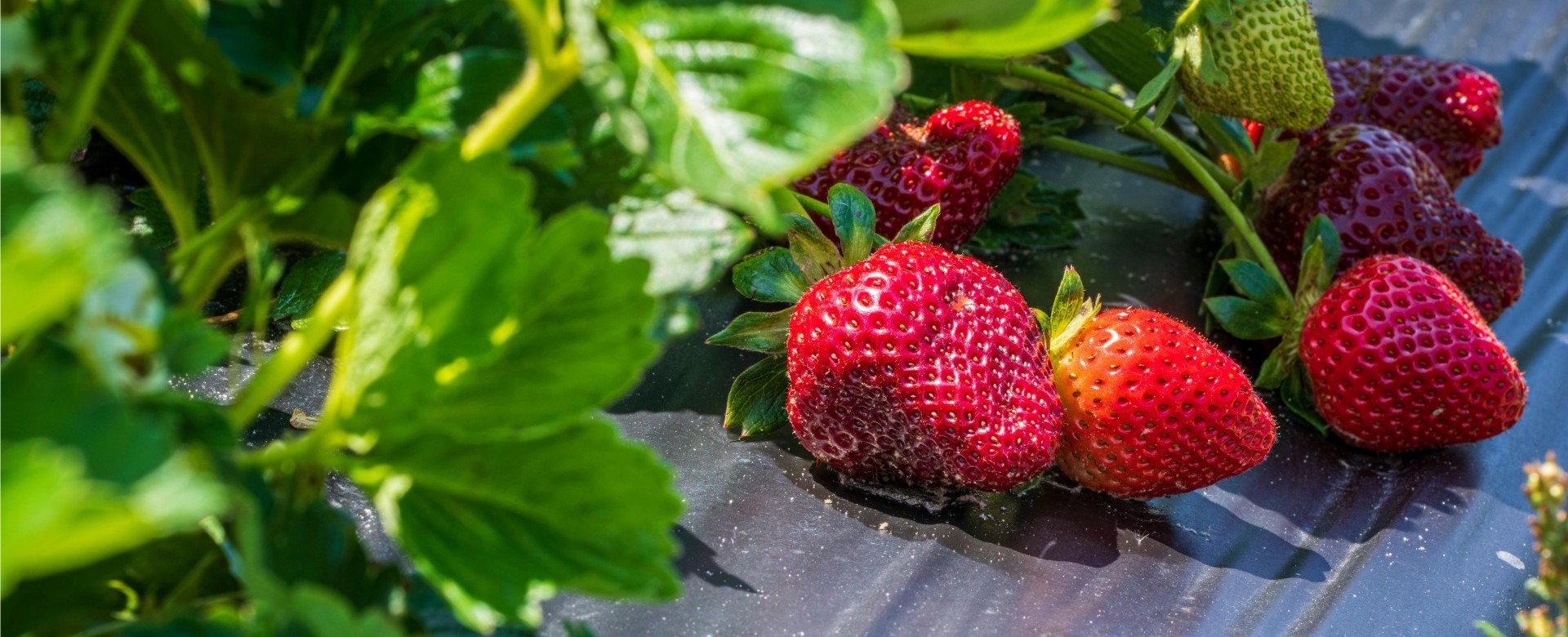
Strawberry Marisol
Marisol is a short-day strawberry cultivar that produces bright red, semi-early ripening fruit. It has a conical shape and is known for its intense flavour, high dry matter, and hard pulp. Marisol strawberries perform well in both traditional and soilless cultivation, and they do best with low doses of fertilizer. They are also considered a rustic and tough plant.
Strawberry
5. Strawberry Brilliance
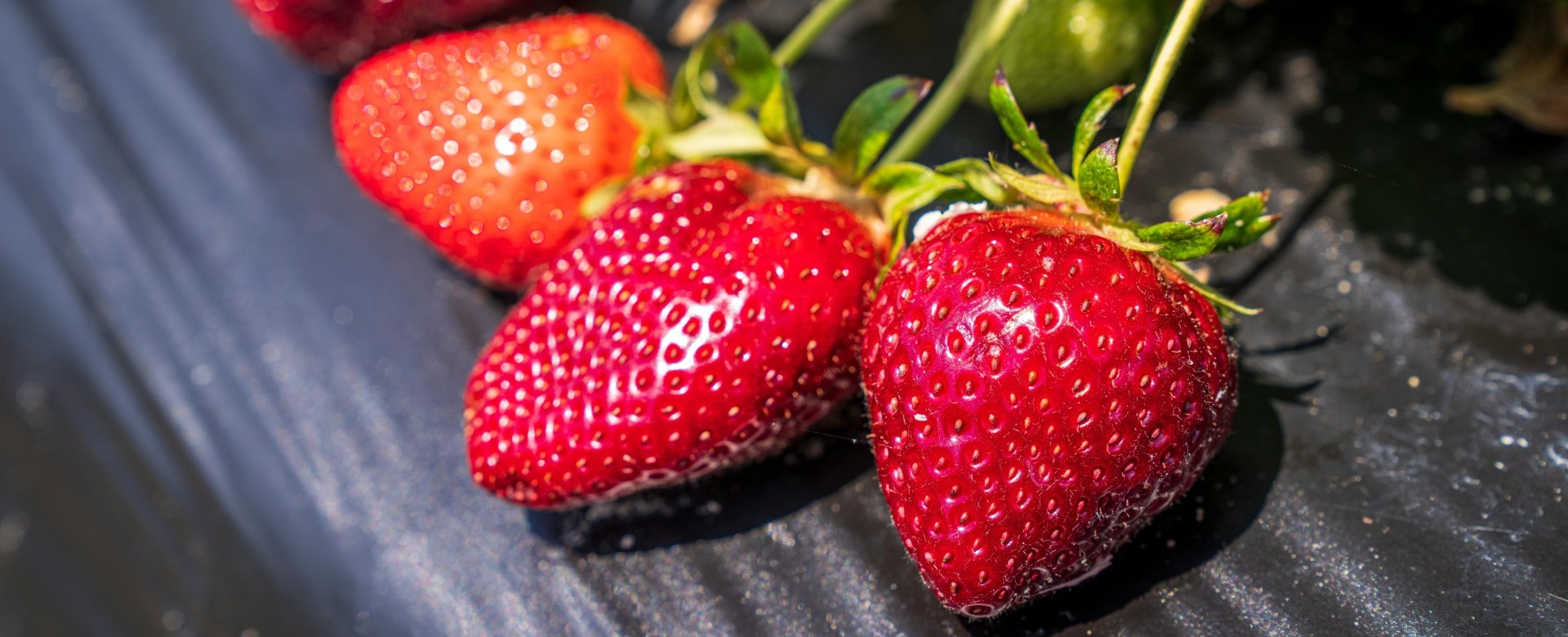
Strawberry Brilliance
Florida Brilliance is a short-day strawberry cultivar created by the University of Florida in 2013 and commercialized in 2018. It's named for its attractive, glossy, conical fruit, which has a recessed position of the achenes that creates curvatures that reflect light. The fruit is moderately firm, has an excellent shelf life, and is well-exposed on the plant. The plant itself is robust, has long pedicels, and is adapted to annual plasticulture growing systems.
The Florida Brilliance strawberry is a cross between FL 11.31-14, a female parent with yield, shape, and fruit firmness traits, and FL 10-153, a male parent with disease resistance and uniform fruit colour traits. It has the highest early yields (late November through January) among University of Florida cultivars, and its November and December yields are also the highest among all UF varieties. In replicated trials, the Florida Brilliance strawberry also had lower weight loss compared with commercial standards and showed less shrivelling of the fruit surface and calyx than other varieties.
Strawberry
6. Strawberry Melissa
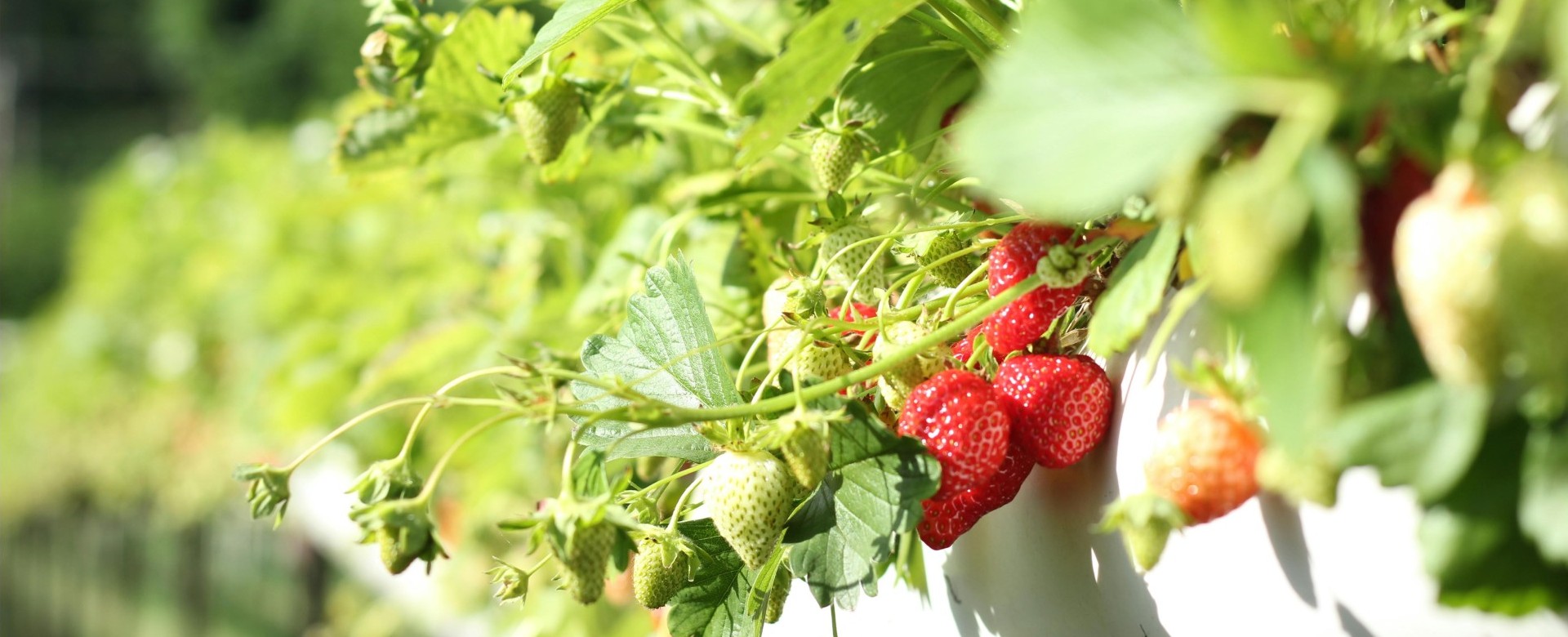
Strawberry Melissa
Melissa strawberries are a variety of strawberries that are known for their rustic plants, high productivity, and good flavour and texture. They are also suitable for non-fumigated soils and integrated organic cultivation.
Melissa strawberries have a sweet taste and some say they taste like fresh pineapple at first, then turn sweet like candy.
Melissa strawberries have a glamorous presentation and their color and appearance can add sparkle as a garnish.
Melissa strawberries come in different varieties, including Japanese pink and Japanese white:
1. Japanese Pink: These strawberries have a cherry blossom-like pink colour and a light pinkish tone due to sunlight restriction during maturing.
2. Japanese white: These strawberries have a tropical flavour that goes away after a few seconds and then turns sweet like candy.
Online Order
Courses
Events
Projects